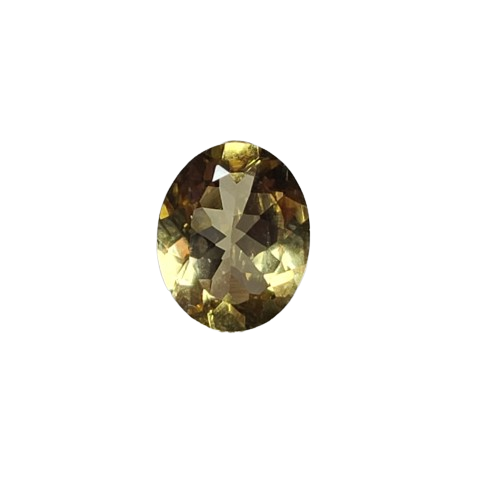Heliodor Information

Heliodor
Heliodor, named from the Greek words "helios" (sun) and "doron" (gift), is a captivating gemstone prized for its radiant hues ranging from bright yellow to greenish-yellow. As a member of the beryl mineral family, heliodor exhibits exceptional clarity and brilliance, making it a highly sought-after gem in the world of jewelry.
Facts About Heliodor:
- Mineral Type: Heliodor is a variety of beryl, composed of beryllium aluminum silicate with traces of iron that impart its distinctive coloration.
- Locations Found: Major deposits of heliodor are predominantly found in Brazil, Nigeria, Namibia, Madagascar, Afghanistan, and Russia. Smaller quantities are also mined in other regions with significant beryl deposits.
- Mohs Hardness: Heliodor has an impressive hardness of 7.5 to 8 on the Mohs scale, ensuring its durability and suitability for various types of jewelry.
- Common Treatments: Heliodor is typically found in its natural state without treatment. However, like other beryl gemstones, it may undergo heat treatment to improve color and clarity in certain cases.
- Refractive Index: The refractive index of heliodor ranges from approximately 1.567 to 1.590, contributing to its exceptional brilliance and luster.
- Birefringence: Heliodor exhibits low birefringence, typically around 0.005 to 0.009, which is characteristic of beryl minerals.
- Specific Gravity: The specific gravity of heliodor ranges between 2.66 and 2.80, indicating its density relative to water.
Heliodor's sunny appearance and impressive physical properties make it a favored gemstone among collectors and jewelry designers alike. Its association with sunlight and warmth lends it a vibrant allure that complements both casual and formal attire. Whether fashioned into elegant rings, earrings, pendants, or other jewelry pieces, heliodor continues to shine as a cherished gemstone, admired for its natural beauty and enduring appeal.
